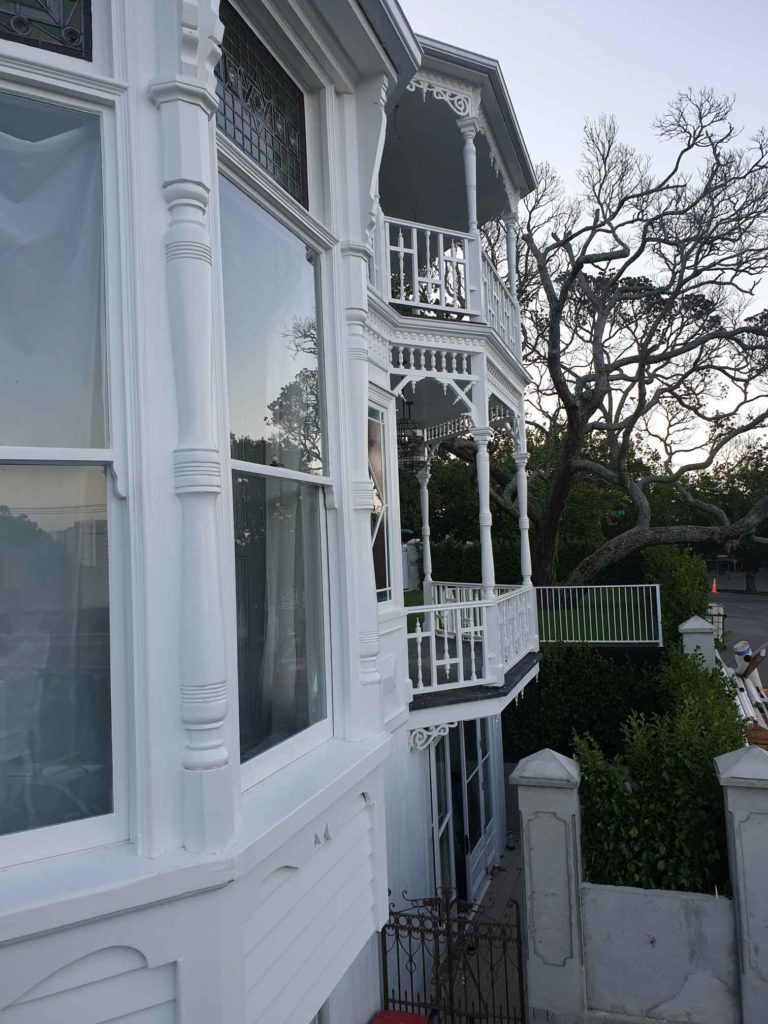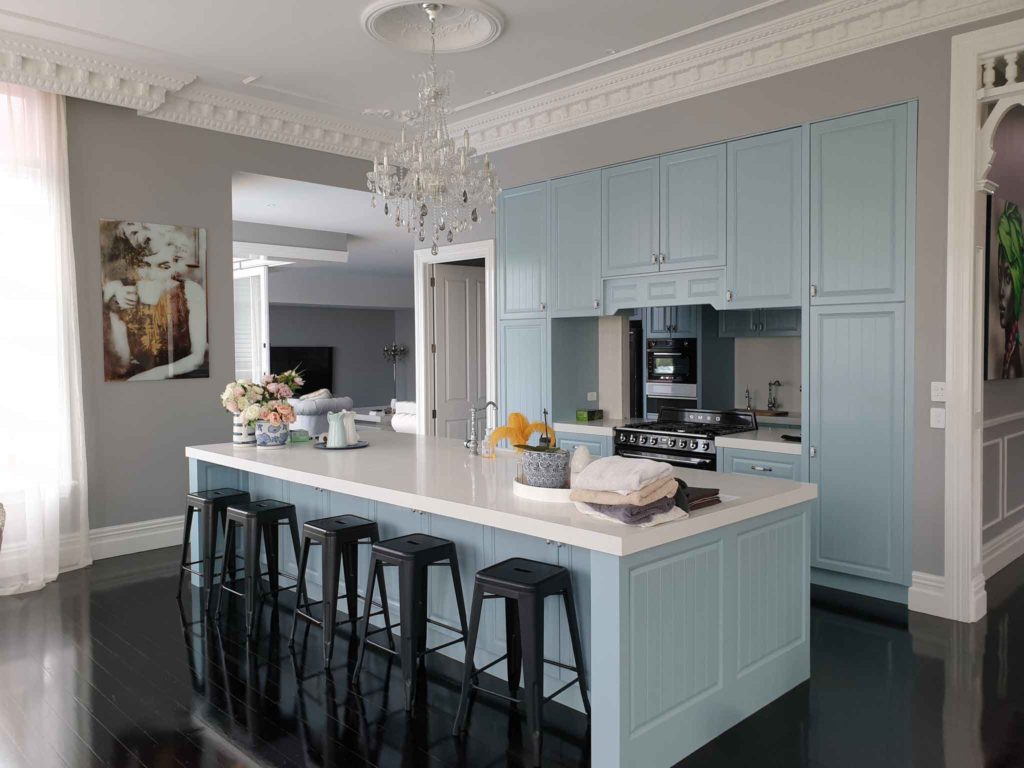Villa Renovation Challenges
Auckland Villas
Auckland villas are majestic splendours and retain a certain elegance and style that separate them from other villas around the world while possessing some similar features to villas in Adelaide, Melbourne and the famous “painted ladies” of San Francisco. Not only is it very prestigious to own a villa, but you also get fashionable uniformity of style, which you are able to decorate to your own taste. This enables your street to have a certain urban culture, usually close to the central business district.
Fortunately, Auckland City Council realised the significance of the historic heritage value of these villas before too many were replaced with modern buildings. Therefore, much of our older, central suburbs still preserve the villa as a dominant building, creating character homes. The collective elegance and charm of these villas gives these suburbs a special ambience.
Villas were made with native timber which means they are relatively resistant to rot given their age. They contain kauri sarking in the walls, combined with kauri outer weatherboard which means they are very solid. The solid timber construction of the time meant the cavities of these exterior walls were very draughty and hence if water did penetrate the external wall space it would often dry out.

Villaworx Construction’s encountered challenges in villa renovations
Renovations of older houses require considerable work, such as insulation, re-piling, rewiring and new plumbing. When the building is an original villa, numerous additional challenges present themselves before and during the renovation. In renovating a villa, especially when a high standard is desired, these various complexities will mean the build will take longer and cost more than building a house from new.
Aspect can sometimes be a problem with villas. When the villa was designed, Victorian values were all about one’s public image, so the façade became the focus. Auckland City Villas were almost all street facing, placed right at the front of section with no consideration of orientation to the sun.
Another potential pitfall are sash windows. These usually open from the bottom or top, providing both protection and airflow. The large size of these windows lets in a plentiful amount of light which contributes to the feeling of space and impressiveness. The sash windows are incredible when they are working properly but they do have their problems if not maintained.
Villas were predominantly built on new subdivision lots created by developers for the middle and working-class people which often meant they had narrow sections and were close together. These narrow sections were built before cars had been invented, so no provision was made for the modern garage which is very challenging for some villa owners. This is overcome in some cases by lifting the building and creating a street level basement.
Typically, villas have only one bathroom which owners wish to renovate. In addition to this, a new extra bathroom or ensuite is frequently built. The cost of fitting out two bathrooms adds significantly to the final cost.
In the renovation or alteration of your villa, the existing building’s construction may not be fully understood until part way through the building process. Because of this, you may need to make compromises to what you want and how it works with what already exists. This is different to a new build. In a renovation or extension to a building you will have to compromise your project design to work around what loadbearing structures already exist.
Items you should consider are:
- You may not be able to obtain the building’s original Building Consent plans.
- Some items may need to be retrofitted.
- The plans may not match what was previously built or renovated.
- You may need to meet additional building requirements for the entire building, even if you are only altering part of a building, e.g. smoke alarms. Also, if you are changing the use of the building, e.g. to a commercial shop, items like the means of escape from fire, access (ramps) and facilities (extra toilets, showers, etc) must meet the new building code.
- Builders and designers might not be able to understand parts of the existing structure until your build starts, for example, what is inside the walls.
- Owners must keep certain features of a villa due to the Historic Buildings Trust.
Trying to match new extensions to the existing materials and finishes can be complicated or even impossible sometimes. Older, existing building materials are machined or manufactured in imperial sizing, whereas new materials are metric and usually have a smaller finished size. This is typically an issue with materials such as weatherboards, skirting and scotia.
Another big challenge for villa owners is finding the balance between keeping the original charm of the house and fitting it out with modern interiors and technology.

Why renovate a villa then?
Although restoring your villa can cause a considerable amount of inconvenience, mess and stress, the benefits far outweigh the challenges. You will own a classic, character home with all the modern comforts, that is built to suit your individual tastes. Your villa will also likely be situated in a desirable location such as close to the CBD and its amenities.
Whether you’re renovating to add value, comfort and practicality or to sell, the team at Villaworx Construction will help you through every step of the process. Experience is paramount in renovating villas. We, at Villaworx Construction, have the passion and expertise to overcome the pitfalls. We have demonstrated this time and time again in our previous villa renovations.
